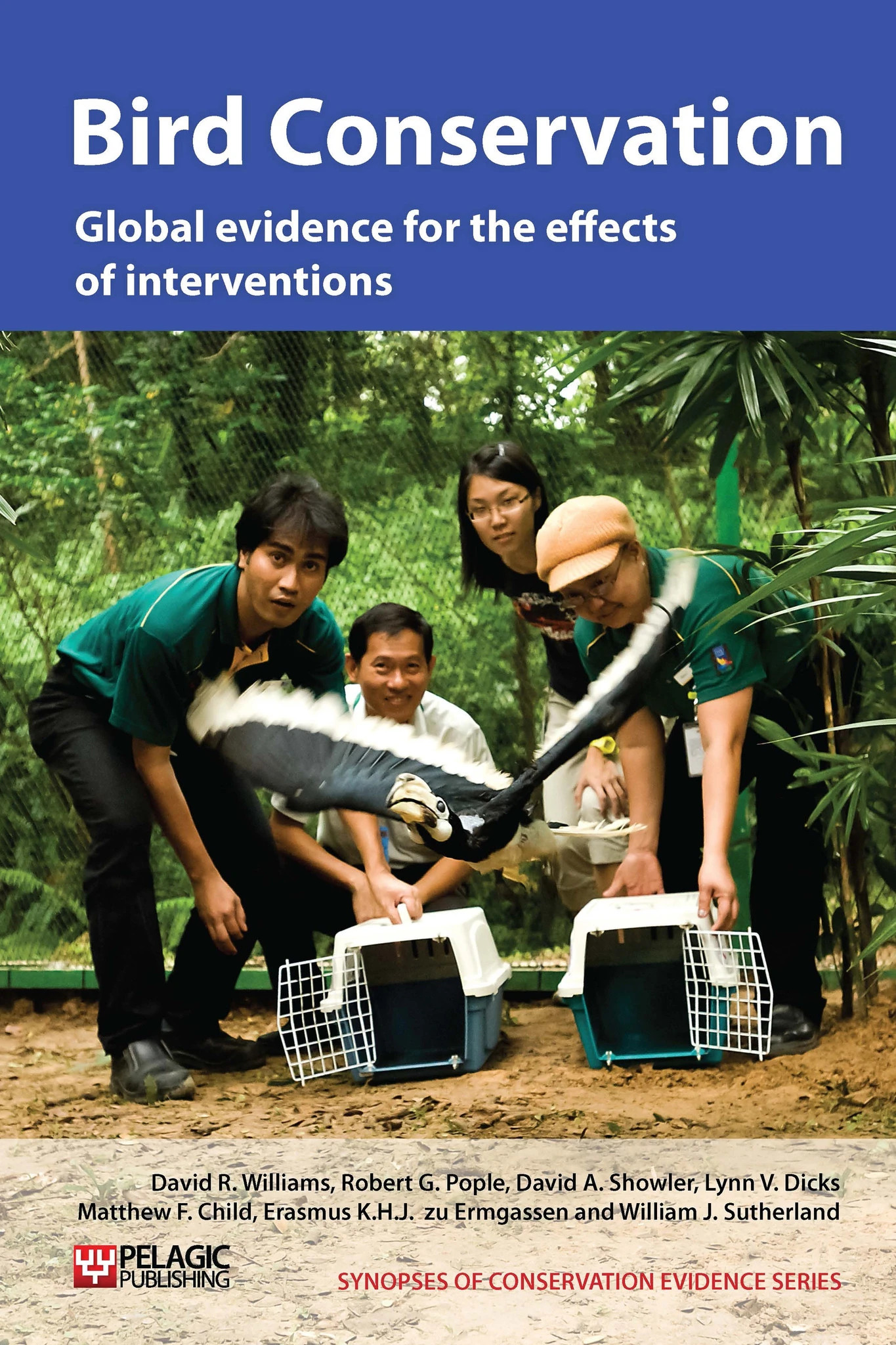Restore or create shrubland
-
Overall effectiveness category Unknown effectiveness (limited evidence)
-
Number of studies: 4
View assessment score
Hide assessment score
How is the evidence assessed?
-
Effectiveness
25% -
Certainty
20% -
Harms
3%
Study locations
Supporting evidence from individual studies
A small 1967 study in Maryland, USA (Burger & Linduska 1967), investigated the impact of planting areas of shrub, as well as other interventions, on northern bobwhites Colinus virginianus and found that the population on the farm increased from five to 38 coveys in eight years. This study is described in detail in ‘Threat: Agriculture – Plant new hedges’.
Study and other actions testedA small before-and-after study on an area of purple moor grass Molina caerulea dominated moorland in northern England (Smith & Bird 2005) in 2004-5 found that one or two pairs of northern lapwing Vanellus vanellus bred on a an area of restored moorland, whereas none had previously bred in the area. The moorland was mowed and flailed in 2004, which encouraged grass re-growth and subsequent heavy grazing by both livestock and wild red deer Cervus elaphus.
Study and other actions testedA before-and-after study on Praia Islet (12 ha), off Graciosa, Azores, Portugal (Bried et al. 2009), found that the breeding populations of common terns Sterna hiundo, roseate terns S. dougallii and Madeiran storm petrel Oceanodroma castro increased dramatically after European rabbit Oryctolagus cuniculus eradication and subsequent habitat restoration. Restoration included the planting of native shrubs, the removal of non-native species and the control of soil erosion. This study is also discussed in ‘Provide artificial nesting sites’ for ground-nesting and burrow-nesting seabirds.
Study and other actions testedA replicated site comparison study on 1,031 agricultural sites across England in 2004-8 (Ewald et al. 2010) investigated the impact of scrub restoration on grey partridge Perdix perdix. However, the study does not distinguish between the impacts of scrub restoration, scrub control, rough grazing and the restoration of various other semi-natural habitats. There was a negative relationship between the combined intervention and the ratio of young to old partridges in 2008.
Study and other actions tested
Where has this evidence come from?
List of journals searched by synopsis
All the journals searched for all synopses
This Action forms part of the Action Synopsis:
Bird Conservation
Bird Conservation - Published 2013
Bird Synopsis





)_2023.JPG)














